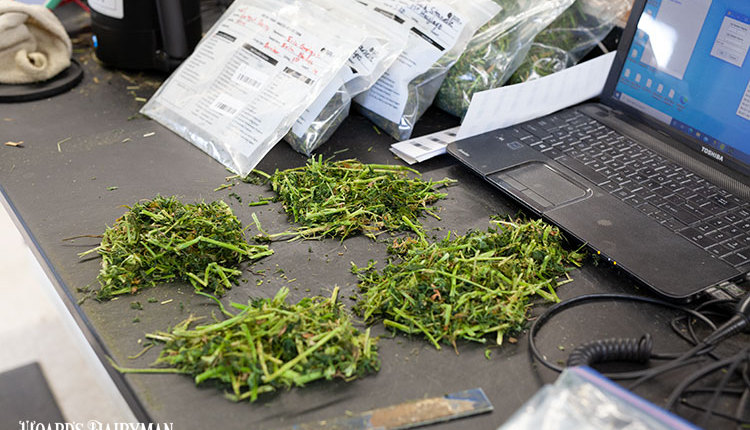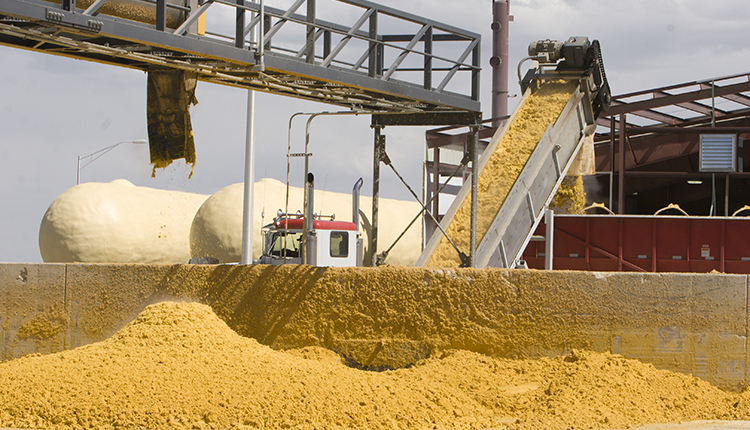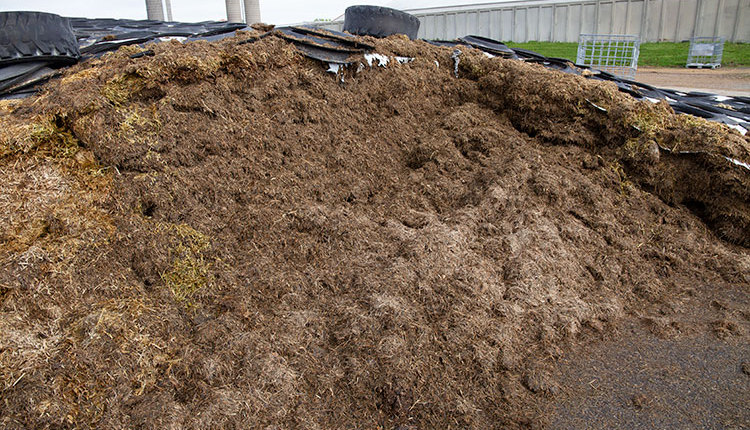
Fiber digestibility data has been provided by feed labs to the industry for over 20 years. Engaging the technology has been an evolving process. Laboratory in vitro systems have improved. Near infrared reflectance spectroscopy (NIRS) calibrations using this data continue to be more precise. Our understanding of how to use the information in forage quality evaluation and feed modeling has changed and is bringing even more value to nutritionists and farmers.
For all the challenges and limitations in the application of in vitro fiber digestibility information, it has had a significant, if not profound, impact in dairy nutrition and in the efficiency of milk production. Cows, as ruminants, are designed to utilize fiber. A key truth is that efficiency of milk production is related to the quality of fiber as measured by its “rate” of degradation in the cow. The faster the rate of fiber degradation, the more forage a cow will eat, which generally results in higher milk production.
Fueled by forage
Today, there are many herds that are averaging more than 90 pounds of milk daily while feeding over 60% of the ration as forage. This benchmark production occurs because of many things happening successfully on the farm. Not the least of these is growing and feeding high-quality forage.
Moving forward, how can we improve the use of the tools we have to better characterize forage quality? If in vitro fiber digestibility has been a key tool in the toolbox, how do we improve and make it more applicable?
Our current approach is to take in vitro neutral detergent fiber (NDF) digestibility at a given time point, such as “30 hours,” and use it to rank forages. For example, we can say that we expect a corn silage with a 59% NDF digestibility at 30 hours to be more digestible than one at 53% and would expect the cows to respond to this difference. But is this the right time point to use?
What about using a 12-hour time point, or considering the use of undigestible neutral detergent fiber (UNDF) defined at a 240-hour incubation? Which time point has the least error of determination? Which time point or points is most related to cow function? These are common questions, most without simple answers.
In vitro NDF digestibility is a biological function that occurs when fiber is placed in a rumen culture that is diverse with organisms and enzymes that break down fiber. This breakdown of fiber is a “decay” function, which is generally quite uniform and can be defined mathematically. Below is an example of corn silage with 37% NDF. The graph shows the percent of NDF remaining at any given time point. The individual points are lab NIRS values, and the solid line is the mathematical representation of the NDF degradation in an in vitro system.

This modeling approach provides a number of improvements over the traditional approach of taking one analyzed in vitro time point from a lab report. By using a modeled approach to determine NDF digestibility values, we can improve the precision of any one time point evaluation.
More insight on the graph
In the above example, the 30-hour NDF digestibility by NIRS is 72.9%, while the more precise “modeled” value is 70.1%. Modeled NDF digestibility time points are based on a mathematical function using over 10 NIRS data points for improved accuracy. Modeling sufficient lab data allows us to now understand the fast-degraded fiber pool, which we have had little knowledge of from lab reports in the past.
Forage quality drives efficient milk production, which impacts the bottom line. In vitro fiber digestibility has been one of the key evaluation tools allowing us to understand forage quality and work toward management improvements. New approaches to using in vitro fiber digestibility data will improve our understanding of forage quality and how to best incorporate forages into dairy rations.








